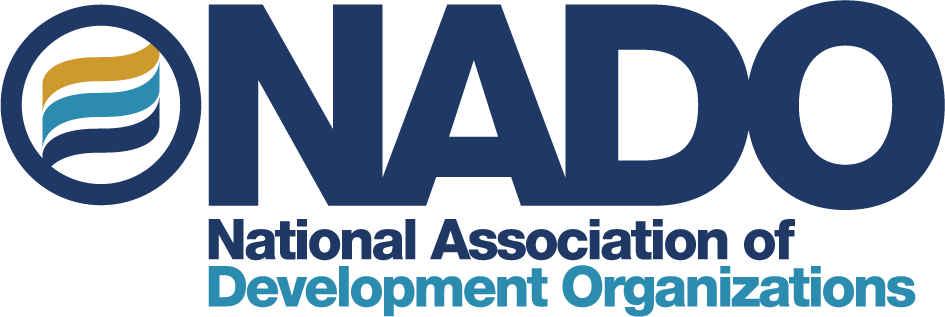In 1970, economist Albert O. Hirschman published Exit, Voice, and Loyalty: Responses to Decline in Firms, Organizations, and States. In it, Hirschman outlines what he sees as three options available to individuals ensnared in a negative or oppressive circumstance, such as feeling trapped in an unproductive job, belonging to a group that has strayed from its original principles, or living in a repressive society. People can “exit,” that is, escape or move on without caring about the “fate of the communities whence they came.” They can show “loyalty,” or do nothing and uphold the status quo of the situation and bear the consequences. Or, more optimistically, people can use their “voice” and work within their circumstances to make a positive and lasting change for the better. Cynthia M. Duncan, an expert on rural poverty and economic development, explains how this theory applies to rural communities in her book Worlds Apart: Why Poverty Persists in Rural America, as well as in shorter articles here and here.
‘Exit’
Much of the research and literature addressing the lives of rural youth today fall into the “exit” and “loyalty” categories, where young people in rural communities either migrate away at the first opportunity, or stay behind with little or no chance to get ahead in a challenging economic environment. The impact of the outmigration of rural youth has been well-documented, particularly by sociologists Patrick J. Carr and Maria J. Kefalas. In a piece in the Chronicle of Higher Education in 2009, published shortly before the release of their book Hollowing Out the Middle: The Rural Brain Drain and What It Means for America, Carr and Kefalas explain:
“The most dramatic evidence of rural meltdown has been the hollowing out – that is, losing the most talented young people at precisely the same time that changes in farming and industry has transformed the landscape for those who stay. This so-called rural “brain drain” isn’t a new phenomenon, but by the 21st century the shortage of young people has reached a tipping point, and its consequences are more severe now than ever before. Simply put, many small towns are mere years away from extinction, while others limp along in a weakened and disabled state.”
![As rural communities and small towns face the challenges of a changing economy, much has been written about young people either migrating away or staying behind with limited economic opportunities. (Photo courtesy Flickr user .:[ Melissa ]:.)](https://nado1.wpengine.com/wp-content/uploads/2013/03/Landscape-1024x380.jpg)
Jennifer Sherman and Rayna Sage at Washington State University cite research that demonstrates “[r]ural young adults, compared to nonrural, are more likely to migrate away from their home communities” with the result that “[u]nlike urban communities, rural communities must adjust to the consistent outmigration of their most talented youths.” During Sherman’s fieldwork in a pseudonymous Northern California town reeling from the loss of the timber industry, a resident put this dire situation in almost poetic terms: “You’re sending off all of your good treasures, but truly there’s no employment here. So you can’t ask your son or daughter to stay, because there’s nothing for them to do.”
‘Loyalty’
For those young people who do stay in their rural communities (and show “loyalty” to the status quo), the picture painted is often a bleak one. Rural Americans are more likely to be poor, uninsured, and less healthy than their metropolitan counterparts. Child poverty has been shown to be a continuing challenge to rural America. Research from the Carsey Institute at the University of New Hampshire reveals that 81% of counties with “persistent child poverty” (meaning high levels of child poverty for at least three decades) were located in rural America. Addressing these rural social and economic issues creates unique challenges in rural communities, where towns are separated by great distances, transportation options are often limited or non-existent, and there may be a lack of financial and human capital to build momentum for change.

‘Voice’
Many of the research papers and writings cited above provide strategies for addressing rural poverty and reversing the outmigration of youth– initiatives grounded in education, workforce development, and better preparing young people for the new economy. In the upcoming months, through this “Youth with a Voice” series, we will add to this discussion by providing place-based examples of small towns and rural communities that have been successful in proactively engaging young people and incorporating their views and ideas into local visioning, planning, and community development. These places have rejected the concept of the “rural brain drain” and are striving to capitalize on the tremendous local resource that is their youth.
A comprehensive plan or regional sustainability plan by its very nature addresses the needs and demands of future generations. But don’t forget, some members of those “future generations” are already here with us and many have strong opinions about the type of community they want to live in as adults. Young people’s voices and ideas must be heard, respected, and incorporated into a community plan if the goal is for long-term sustainability, prosperity, and improved quality of life. “Young people and their big ideas…can be legitimized by the fact that they will still be around in 40, 50, or 60 years and will inherit the results of current decisions,” notes a youth civic engagement guide from the Orton Family Foundation. Today’s rural high school students are your region’s future business, civic, and educational leaders – but only if efforts are made to plan and develop your community into a place they will want to live in years from now.

Add to the Conversation!
Stay tuned for more in this series of case studies and other resources which will provide insight into rural communities that are making strong efforts to end the cycle of “sending off their good treasures.” The communities which will be featured have recognized that an important part of the complex and multifaceted effort to encourage young people to invest in their rural communities and small towns is to listen to their needs, hopes, and dreams.
If you have worked with or know of a small town or rural region that has successfully engaged youth in planning and civic participation, contact Brett Schwartz, Program Manager, at [email protected] or 202.624.7736 to add to the conversation. We hope to spark a dialogue around ways to incorporate young, creative, and energetic voices into planning their communities for a better future.
![]()
![]() Click here to download a one page brief of the case studies
Click here to download a one page brief of the case studies
____________________________
The work that provided the basis for this publication was supported by funding under an award with the U.S. Department of Housing and Urban Development. The substance and findings of the work are dedicated to the public. The author and publisher are solely responsible for the accuracy of the statements and interpretations contained in this publication. Such interpretations do not necessarily reflect the views of the Government.



